Teaching Children How to be Environmentalists
Over the course of the years my daughter has told me she wanted to become many things. A princess, a cook, a model, a gymnast. But about a year ago, something changed. After a weeklong tour in the Amazonian rainforest in Ecuador she asked me: “Mum, what do I have to be if I want to help to protect all the plants and animals in the forest?”
Today more than ever it is of great importance that our children grow up knowing about the environment and having a sincere interest and desire to protect it. Climate change needs to be addressed and the growing generation has a very important role to play in this. If we as parents or caretakers can find a way to teach our children the love of nature and instill in them the inherent desire to protect it, we are making a very important step towards this goal. But how is this possible? How do you teach a child to love something?
Baba Dioum, a Senegalese Forestry engineer made a very famous remark at the 1968 General Assembly of the International Union for the Conservation of Nature and Natural Resources. He said “In the end we will conserve only what we love, we will love only what we understand, and we will understand only what we are taught.” While I am not sure if we really fully need to understand something to love it and if we necessarily need to be taught to understand, I full agree with the first part of this quote. We will only protect what we love, so a love of nature is the key to its protection. And we cannot love something without knowing it.
In today’s world, children are exposed less than ever to nature and have less time outside. One survey even claims that many children in the US spend less time outside than prison inmates. Health problems in children like obesity, diabetes and Attention Deficit Disorder are rooted in that. In today’s America, 12.5 Million children are affected by childhood obesity. Studies have proven that spending more time outdoors is not only beneficial for children’s health, but also for their general wellbeing. Free and unstructured playtime is very important for children’s development and nature offers the perfect playground.
But besides these direct, personal benefits of spending time in nature, children also develop a sense of responsibility and stewardship for their environment if they spend a lot of time immersed in it. They will develop a much deeper and better understanding for the environmental problems we face today and have a willingness to do something against them to change the course of things we are on right now.
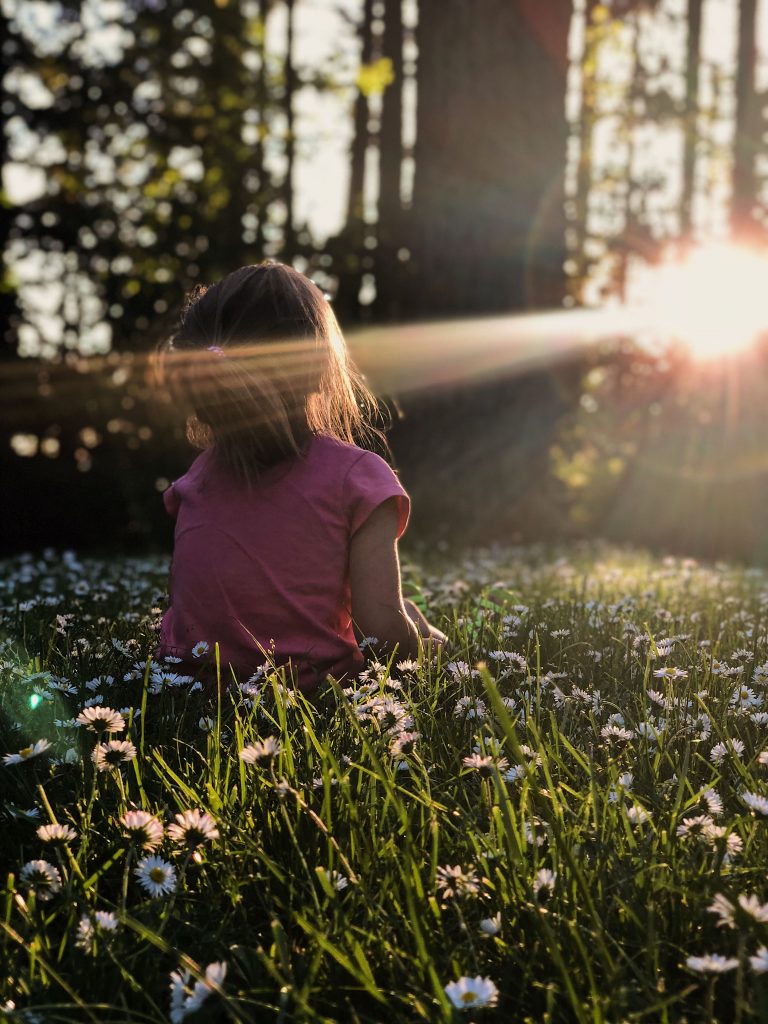
One important point is that children have to develop positive associations with nature. They need to have positive memories of their time spent outdoors to develop the desire to protect the nature, and positive experiences can only be had when exposure is provided. Vanessa Bullwinkle from Project Learning Tree, an environmental education program has a similar opinion: “Children who have more positive and enriching experiences in the natural world are more likely to become better-informed adult consumers and savers who are environmentally alert to their own lifestyles and practices. By exposing kids to nature we grow their understanding and appreciation of the natural world which is vital to raising the next generation of environmental stewards.”
I am lucky because my daughter loves all kinds of outdoor activities. Our favorite hobby is hiking and she has walked through all different kinds of landscapes from the Himalayan Mountains to the Amazonian rainforest, from the German mid hills to the Peruvian Andes. She loves being outside and when we did not have an outing in a couple of days, she shows signs of withdrawal. I think these things are so easy with her because I started her early. I took her on the first 5 day cross country hike when she was 18 months old and since then we have spent every possible minute in nature. She was able to touch and feel it from a very early age and developed her very own, special connection to it.
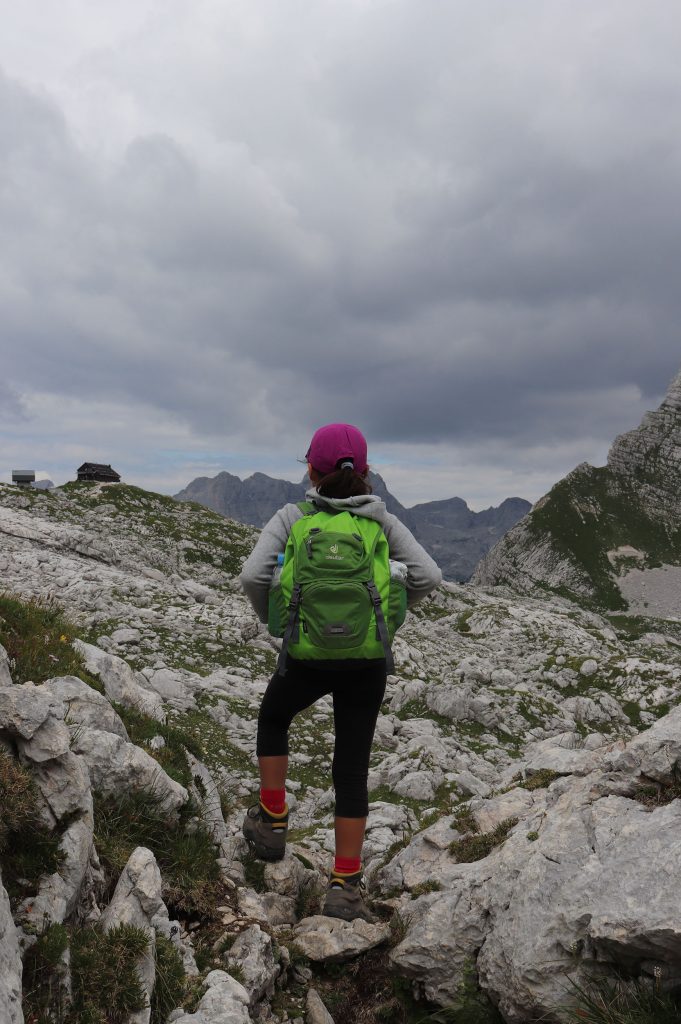
I am also lucky to have a background as a geographer. Landscapes and their formation fascinate me and when we walk somewhere; my daughter can never get away without a little geology or geomorphology lecture. But while I thought at first that I was boring her (but couldn’t hold myself back anyways), after a while I realized that she doesn’t only completely understand what I was talking about, but that it was quite interesting for her. Now she sometimes ask me very specific questions about landscapes for which I have to look up the answers in my old books from university and I once overheard her explaining the formation of a mountainside to one of her peers – an explanation that would have earned her an A in my courses.
So this made me realize that children are able to understand much more complex processes and facts than adults sometimes give them credit for. It makes a lot of sense to read up on the ecosystem one is visiting on a hike or on the natural history of the area one lives in – kids will be interested and able to understand it, when it is told outside with a clear cut connection to the real world. Touching and seeing things first hand are key to memorizing facts, and which better classroom is there than nature. And on top of it, it offers a great learning opportunity for adults as well, because we need to be prepared for all those detailed questions that we never even though of asking…
Having a practical connection to nature is also something Barbara Kosir from the Blog Freeliving Adventures is emphasizing in her program “Forest Pirates” in Slovenia. The forest pirates are a group of children between the ages of 2 to 8 that meet daily to spend a couple of hours together in the forest. “We don´t just talk about the nature, we are living it”, says Kosir. She also claims that the kids in her group have developed a very good sense of stewardship for nature, even organizing their own projects to reduce plastic waste and inspiring others to do the same.
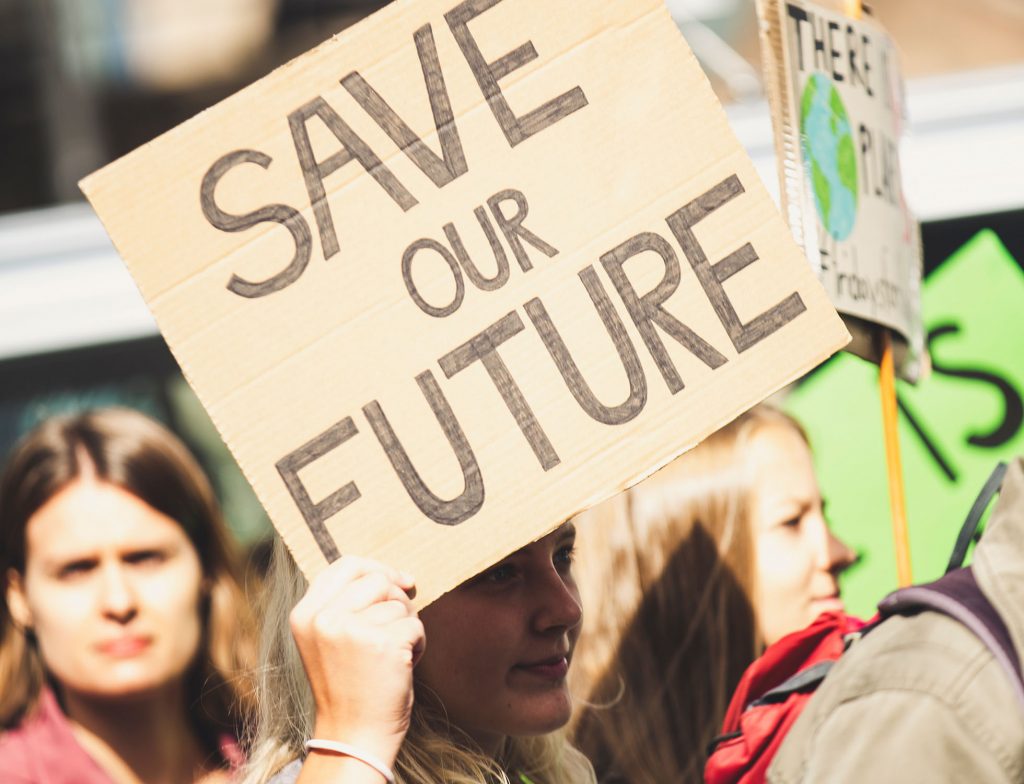
While knowledge about problems like climate change and environmental problems is key to being able to actually do something about it, it also comprises a danger. Many children (and also adults) who hear about climate change for the first time in school or see a documentary about it are overwhelmed by its gravity and feel like there is nothing they could do about it. When one hears that it is too late to turn the ship anyways, one might be less willing to try it at all. James McGirt, manager of PLT’s GreenSchools program, has advice for these situations “Kids who play outside, ride bikes, garden, swim in lakes and oceans, and camp will grow up to be adults who make environmentally sound choices. Gifting them with a love for the great outdoors also will put a positive spin on sustainability, rather than burdening kids with doomsday facts and future scenarios.”
Obviously travelling and being able to spend extended periods of time outside are great ways of exposing children to nature, but what about if that is not an option? Activities like riding a bike around the neighborhood, gardening or checking out local birds have the same effect and are sometimes even more fun, because they are directly tied to the real living environment of the children.
Even though the best way to teach children about nature is while being in nature, there are also some excellent online resources that can help children understand the complexity of environmental problems and challenges. One very good resource is the Climate Kids program from NASA where children can learn with facts, games and interactive features. Also, a visit to the local museum can be a very good starting point for conversations with kids about nature and the environment.
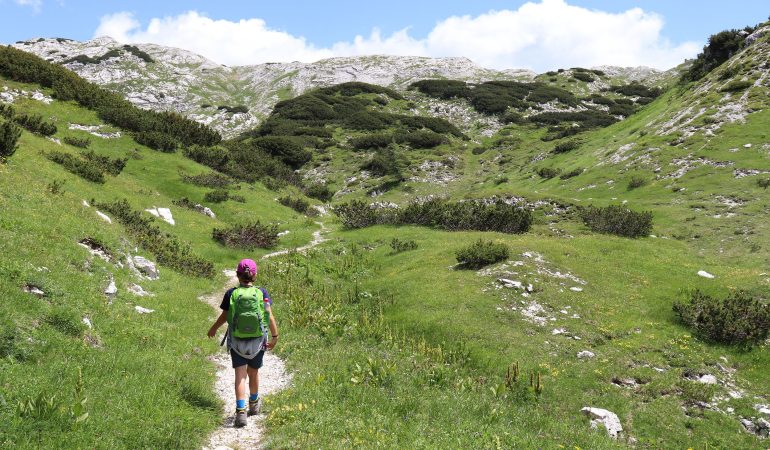
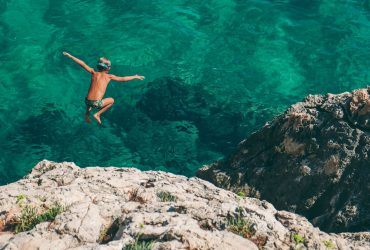
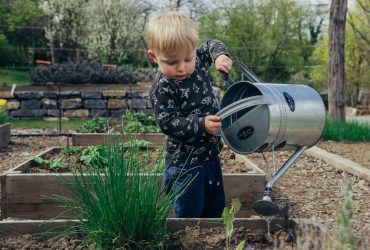
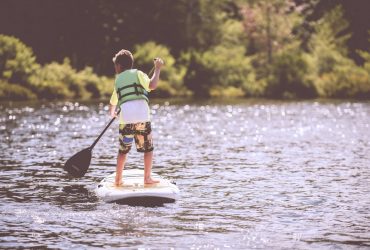
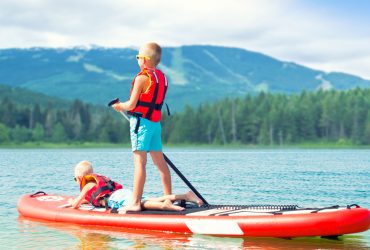
I absolutely love this post, especially the positive spin you’ve taken. Making kids fall in love with nature is so important, yet so overlooked. Thank you for shedding light on such an inspiring topic.
As a kid who always spent loads of time outdoors and someone who feels strongly about protecting the environment, it makes perfect sense. It’s also great for them to have such good role models like yourself as a parent 🙂
Thank you for this kind comment 🙂